One of the topics Rick Yoder covered at the recent GLRPPR conference was Delicious, a social bookmarking service that allows you to tag, save, manage and share Web pages all in one place.
Instead of having different bookmarks on every computer, Delicious makes it easy to have a single set of bookmarks kept in sync between all of your computers. Even if you’re not on a computer you own, you can still get to your bookmarks on the Delicious website.
If your friends use Delicious, you can send them interesting bookmarks that they can check out the next time they log in. Of course, they can do the same for you. As you explore the site and find interesting users, you can use our Subscriptions and Network features to keep track of the Delicious tags and users you find most interesting.
For more information on Delicious, see their Help section, which includes an excellent list of frequently asked questions.
P2Rx has started a collaborative tagging effort on Delicious to encourage P2 professionals to share the resources they find and bookmark. If you locate a resource that you think would be helpful to other P2 professionals, simply add P2TagTeam tag in the Tags field when you add the bookmark to Delicious. For more information on P2TagTeam, visit the P2Rx web site or contact Laura Barnes (lbarnes@istc.illinois.edu).


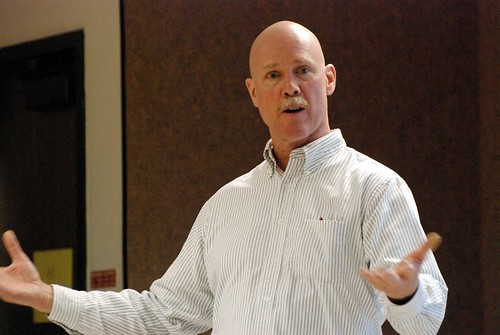

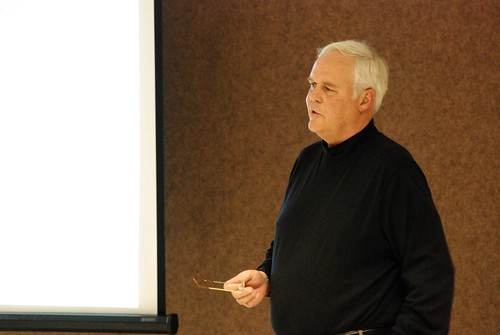
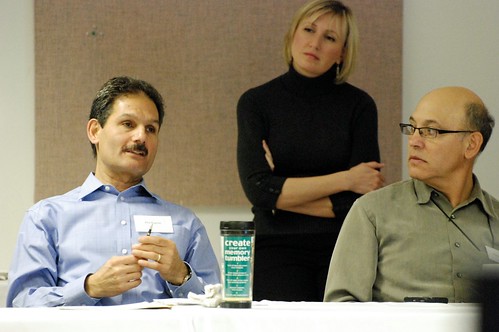
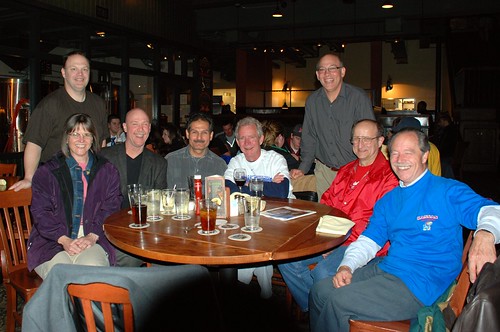

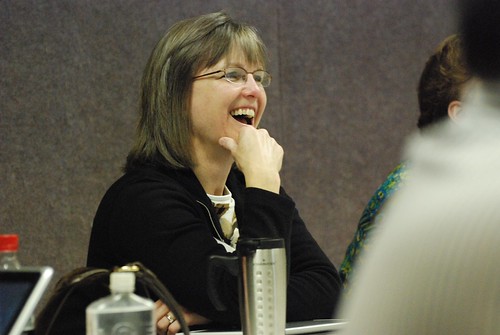

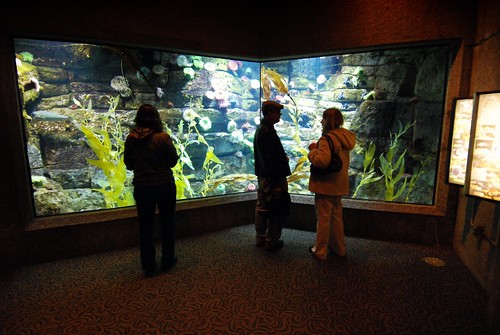
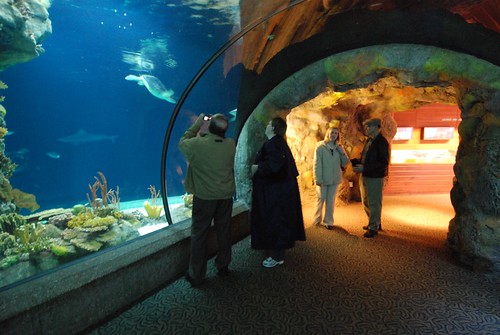


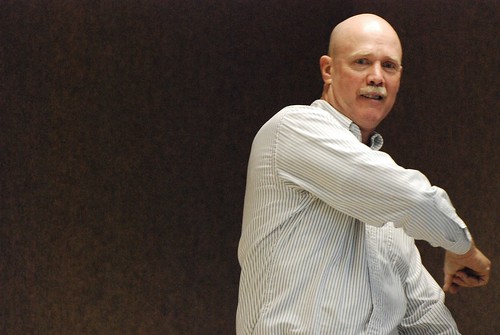
 GLRPPR has developed two new school-related Topic Hubs as part of the
GLRPPR has developed two new school-related Topic Hubs as part of the